Each year, the National Kitchen and Bath Association (NKBA) surveys its members to identify the latest trends in kitchen and bath design. This year, with 350 NKBA members responding, several emerging kitchen trends are identified. The “Survey Says” ….
Woods: Cherry wood is in a slow decline. It was 80 percent of the market in 2010, 72 percent in 2011, and 69 percent in 2012. Maple was down slightly from a 77 percent share in 2011 to 70 percent in 2012. Oak is coming back in popularity followed by walnut, birch, and bamboo. Alder is down from 40 percent two years ago to 30 percent.
Cherry has been popular for quite some time because it’s such a pretty wood and it stains so nice. I’m still using cherry quite a bit myself, but I think some people may be going toward oak again because of price point. But as with other woods, a number of different or specialty finishes can be applied.
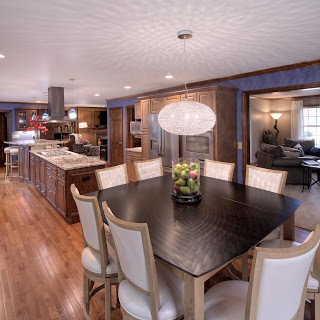 Dark Finishes: Although darker finishes are gaining popularity, I don’t like to recommend anything what I call a trend. Darker finishes are seen in magazines because it’s new and fun. It’s popular with the younger generation that wants to be hip or trendsetters. But my recommendation is to definitely blend more with the trim of the original home.
Dark Finishes: Although darker finishes are gaining popularity, I don’t like to recommend anything what I call a trend. Darker finishes are seen in magazines because it’s new and fun. It’s popular with the younger generation that wants to be hip or trendsetters. But my recommendation is to definitely blend more with the trim of the original home.
Backsplashes: They are a fun and interesting way to change and update your kitchen and there are an amazing amount of things that we can do with backsplashes. Right now, glass is where it’s at. Glass can be shiny or matte, crackled or not, blended with stone, marble, or metals. There’s a potpourri of wonderful mixtures that we can do with glass. While a backsplash made entirely of glass can be expensive, glass can be used as an accent. In our Muskego Design Center right now, we have a backsplash made of a blend of onyx, metals, glass, and stone. It’s very interesting.
Lighting: There is a definite trend to LED because it is continually improving and getting better color rendition. It used to be very blue and people didn’t like that tone. But now it is a much more natural light. We are using LED for undercabinet lights because the bulbs will last almost indefinitely and they are really more energy efficient. It’s great for undercabinet because it accents granite or stone countertops and also highlights backsplash details.
One of the most interesting trends I see is lights making more of a visual impact, such as chandeliers hanging in the kitchen and or bathroom. Decorative lights add another layer of texture and interest to the room. It is the finishing touch, the jewelry in the kitchen. Just as women’s jewelry has gone from a modest single strand to bigger, bolder, and a ‘more is better’ look, lighting fixtures in kitchen and bath have also gone bigger and bolder.
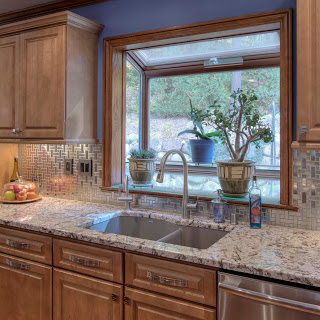 Faucets: Definitely the most popular kitchen faucet is the high neck, pull-down faucet. It’s more user-friendly and ergonomic and it’s convenient to have the handle, faucet control and spout pull-down sprayer all in one unit. You have only one hole to set the faucet in so it looks more streamline and it’s easier to keep clean.
Faucets: Definitely the most popular kitchen faucet is the high neck, pull-down faucet. It’s more user-friendly and ergonomic and it’s convenient to have the handle, faucet control and spout pull-down sprayer all in one unit. You have only one hole to set the faucet in so it looks more streamline and it’s easier to keep clean.
Polished Chrome: After several years of brushed and satin nickel, oil-rubbed bronzes, and black, polished chrome is making a comeback. Sometimes it’s a price point, but for anyone who wants to be more safe and timeless, it’s a good choice. It’s also livelier and has more oomph than the matte finishes. I see more people choosing it than three years ago.
Trends That Are Enjoying a Long Life
Open Kitchens and Islands: When planning a kitchen remodel, the top request is still to have the kitchen open to other living areas of the home. Kitchens are more than just for cooking. They have become multifunctional as the prime space from children doing homework to guests gathering as the cook prepares food and drinks. A big part of this is also having the island for seating, important because when someone is visiting, they can sit and chat or help prep but they are not in the main work area. Islands also open up the room as opposed to the typical peninsula, which divides you from the table so you were constantly walking around it. With an island, the access to the table area is much smoother and easier to get to so it helps with the whole flow of the room.
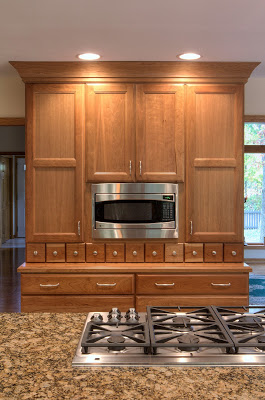
A lot of people are afraid to put a cooktop or sink in the island, but I suggest they consider it. If someone is sitting or snacking while you are prepping or cooking, your back is not always turned to them. If you can perform one of your tasks at the island, than it really facilitates interaction, so I encourage people to explore that.
Hoods: Range or cooktop hoods many times still reign as the star of the room. It’s a focal point that can be further accented by some wonderful tile below it. That’s been popular for a while and I don’t see that changing too much.
Storage: An always trend for getting as much as possible in the space. Requests include: big drawers; double trash containers; inserts for spices; rollouts or drawer under the sink; and a dedicated pantry. I am doing most of the lower cabinet bases in drawers because it’s easier to get inside and pull things out, especially when we are doing an island. We can also do dish drawers with pegs to divide dish sizes and cutlery and utensil drawers.
Another organizational tool is utilizing the cabinet on top of the refrigerator and equipping it with dividers for platters and cookie sheets. It’s easy to grab the edge and pull it forward.
Storage for pet supplies is important too, including a designated space or cubby for their food and water bowls so the household inhabitants are not tripping over them.
Replacing the desk units popular in the ’80s and ’90s are organizational areas for chargers and electronic devices.
Kitchen cabinetry: This continues to look more like furniture and accent pieces rather than just cabinets being hung on the wall.
Microwaves: The work triangle comes into play as we design a kitchen to focus on the total functions the homeowner wants. But a microwave throws that triangle off because it’s a fourth piece. I’m seldom putting the microwave over the range because it’s not really a cooking unit; it’s more of a defrosting or warming unit. Typically I like to have it more in relationship with the refrigerator than the range.
I have noticed that some people are getting away from the microwave in general because there is more of an awareness of its impacting the nutritional value to food as it cooks. A minor trend is removing the microwave and going back to the stove or oven and even the toaster oven to warm up food.
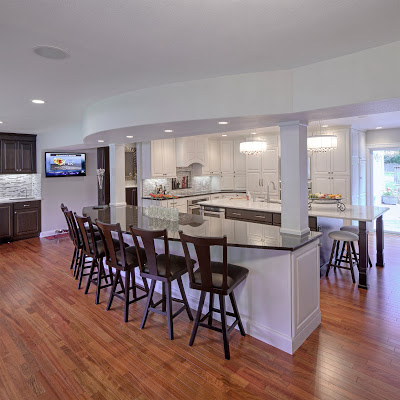


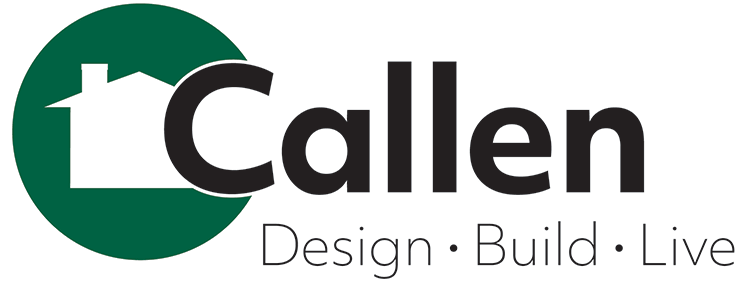
Leave a Reply